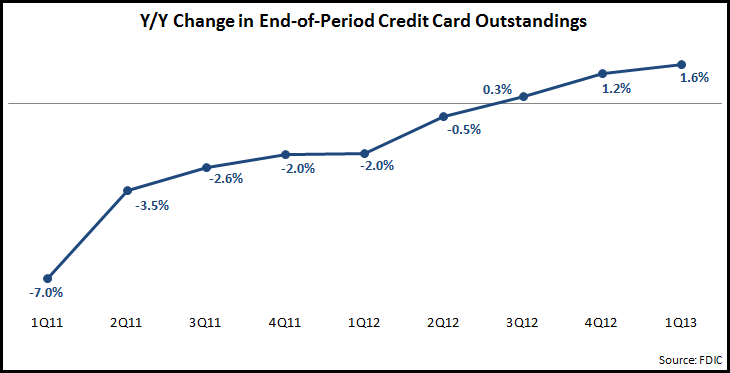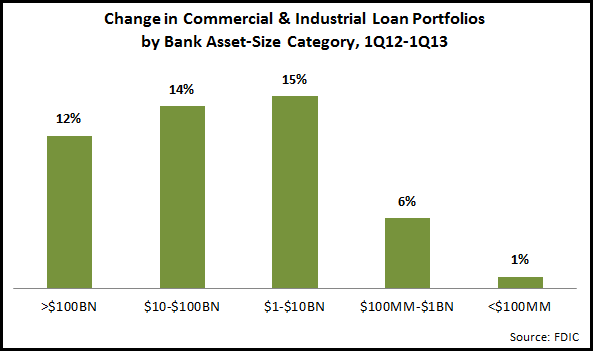In customer success management, there will always be a tension between treating each customer as special and unique in order to ensure their success, and serving all customers without exploding the CSM team budget. One way to strike a balance between these two poles is the collection, maintenance, and efficient utilization of customer segment intelligence.
Customer segment intelligence is the knowledge base of elements relevant to the sale and utilization of your product/service by companies within a target segment. These elements would likely include:
- Key “firmographic” attributes of companies in the segment (e.g., size, geography) that might influence purchase and adoption
- Market trends
- Decision-making structures and influence networks
- Typical needs and objectives related to your product/service
- Propensity for and approach to technology adoption
- Common objections to purchase
- Common obstacles to implementation/utilization
Equipped with this kind of intelligence, SaaS companies can develop segment-specific customer success programs and segment “playbooks” that will produce better results more efficiently. They achieve this by being adapted to align with the particular characteristics and meet the particular needs of companies in that segment. A “one-size-fits-all” onboarding program is almost always better than no onboarding program is likely to miss the mark for some customers. A custom implementation plan is highly effective but unscalable. A customer segment intelligence-based onboarding program strikes a balance between these extremes by delivering a template that applies to a group of customers, but is effective because it is built on the foundation of knowledge of the typical operational constraints on the companies’ ability to get quickly to value and capture quick wins.
As is the case with the aforementioned onboarding, most customer success initiatives benefit from segment intelligence. For example, it is much more effective and efficient to have a series of segment email templates for cross-selling and/or up-selling rather than each CSM writing new emails from scratch for every upsell/cross-sell opportunity and rather than using a single, generic “canned” email that fails to be compelling because it doesn’t speak to the specific segment needs. Similarly, understanding when breadth or depth of utilization should register either as a concern (too low) or an opportunity (very high) requires knowledge of the relevant segment-specific benchmarks rather than benchmarks based on the entire customer base, much of which may behave very differently than the customers in one specific segment.
Moreover, this intelligence delivers further operational efficiency gains by enabling lesser-tenured CSMs to ramp up and effectively help customers faster. Playbooks, templates, and diagnostics provide a foundation of proven tools and process that gives newer CSMs with good relationship-building skills the opportunity to succeed quickly.
In an upcoming blog, we will discuss best practices for gathering and distributing customer segment intelligence.


